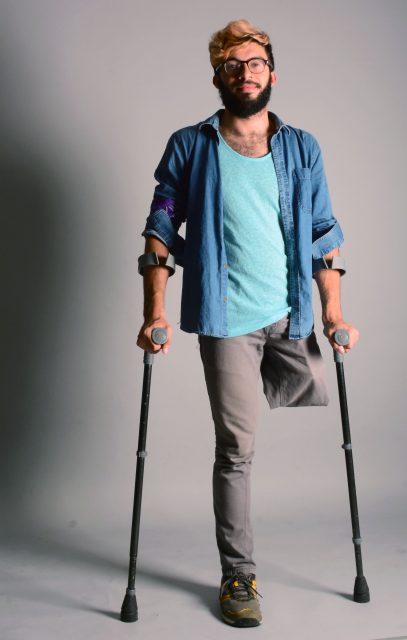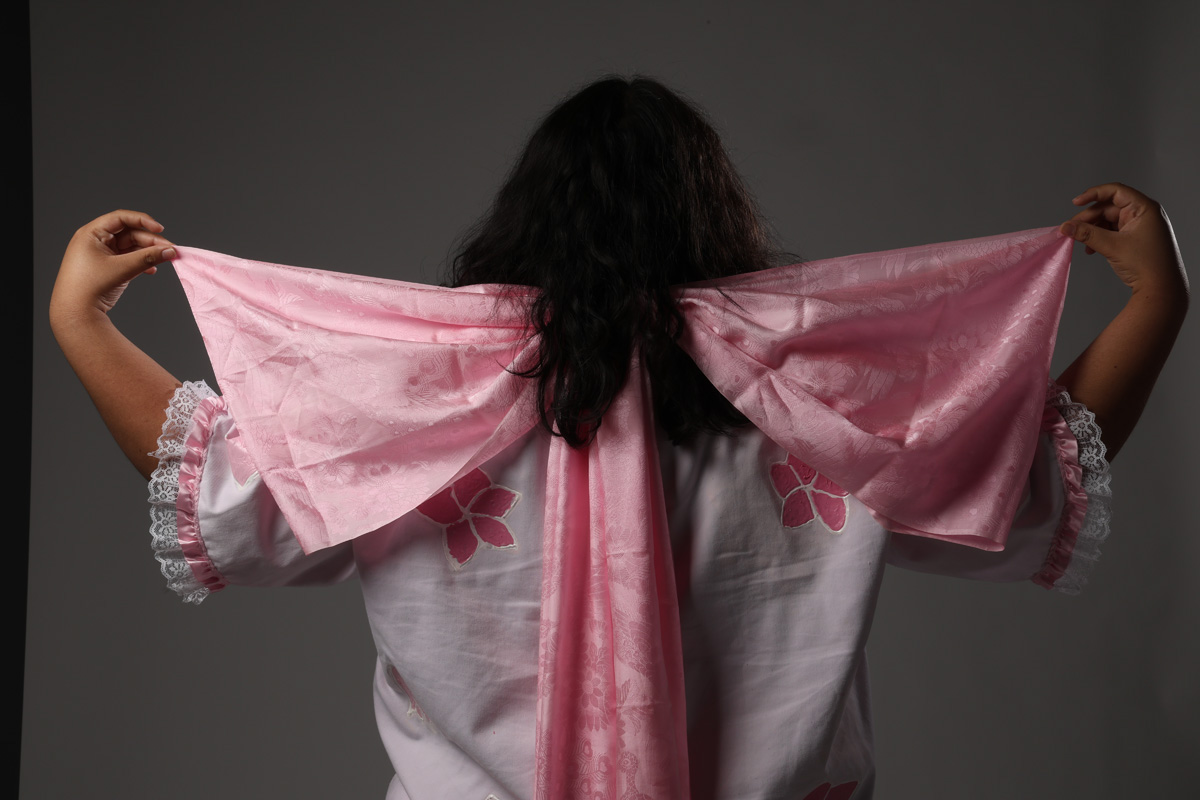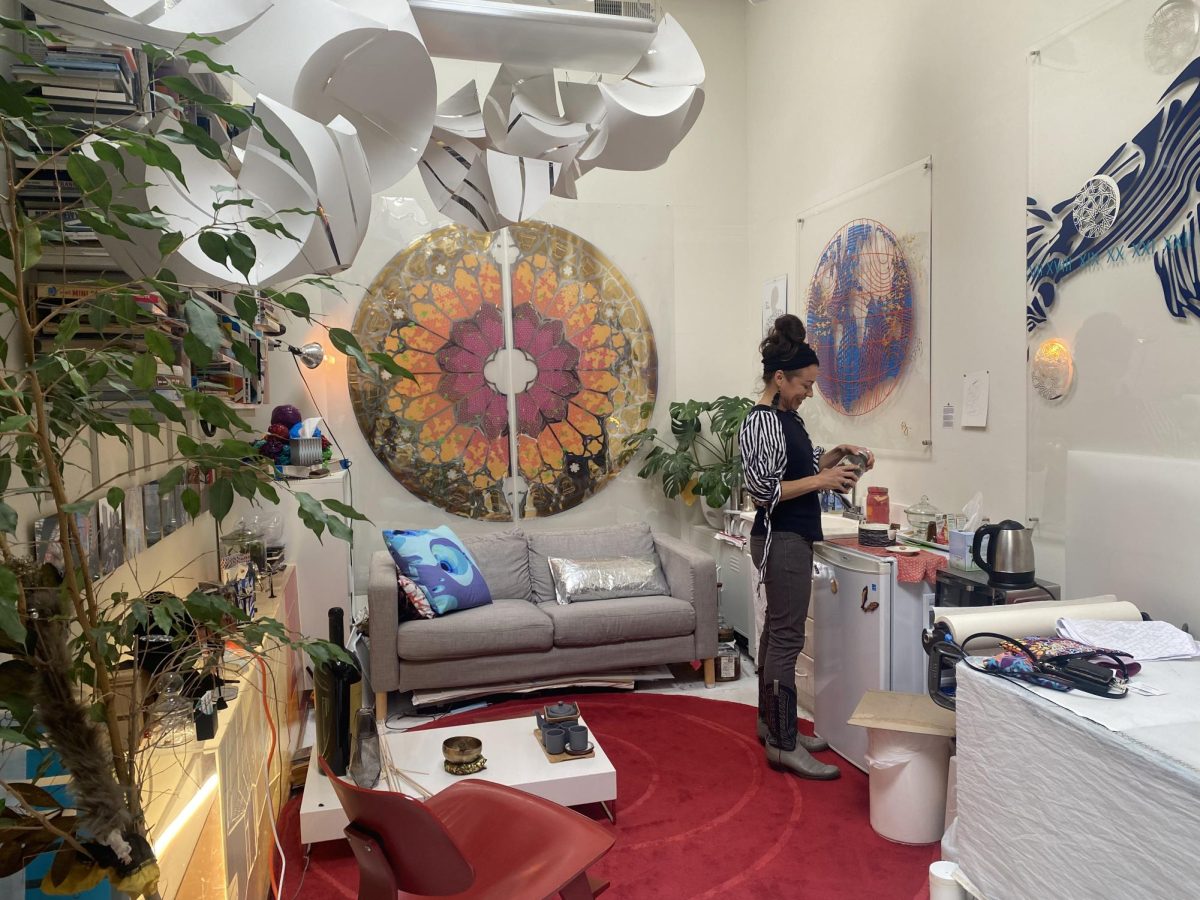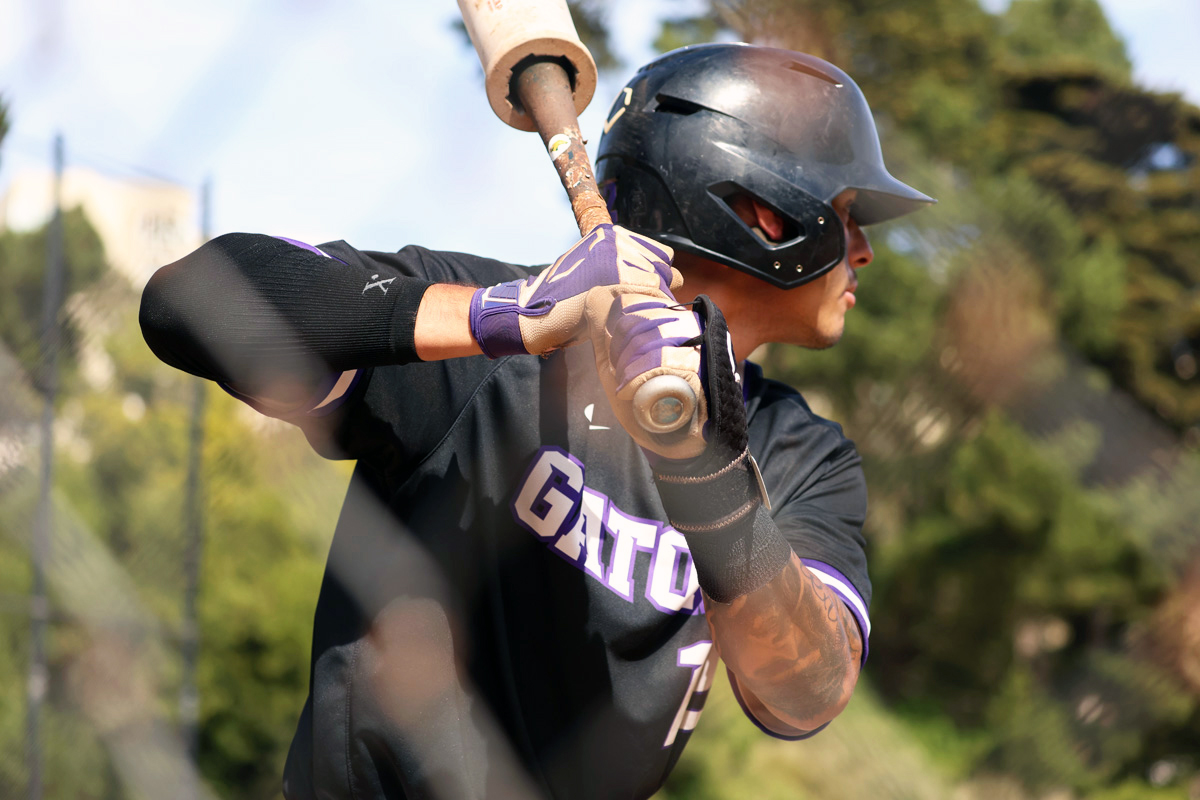He has a big smile, moderately dyed orange hair with highlights of taupe, and is an overwhelmingly candid intellectual. These are the immediate characteristics that flood one’s senses when meeting Alex Locust, a postgraduate student at San Francisco State University. He is already seated at a brown wooden table in the middle of the Paul K. Longmore Institute on Disability at SF State, filled wall-to-wall with literature on what seems like endless bookshelves, and he’s with his good friend Robyn Ollodort.
In 2015, the Centers for Disease Control and Prevention released data stating that 22 percent of adults in the United States have some type of disability. Yet, according to the the K. Lisa Yang and Hock E. Tan Institute on Employment and Disability at Cornell University, “There are several reasons for differences in reported numbers or percentages of people with disabilities, including different definitions of disability, changes in the disability questions used over time, different data sources, different year or times of the year, different age groups, and different base populations (i.e., civilians only, institutionalized population).”
Locust is an above-the-knee amputee. He walks with crutches, and to be frank, no, he does not want to use a prosthesis.
Ollodort has Ankylosing spondylitis, an extremely painful condition that affects the spine and hips.
Ollodort’s spondylitis is lifelong; however, it does not always cause her debilitating pain. There are good days, and good days may span weeks. But then there are the flares. These flares may last as long as months. Because Ollodort sometimes passes for non-disabled, she deals with tremendous inquiry and is afraid of being met with hostility when trying to park in the few disabled spots available on campus. This results in Ollodort having to prepare to explain her spondylitis to people who are often ignorant to its ramifications on a near daily basis.
“The people that walk around in the vests and come by and check the meter, when they do it they always ask me for my I.D. because they think that I am faking it,” Ollodort said. “That is such a complicated moment.”
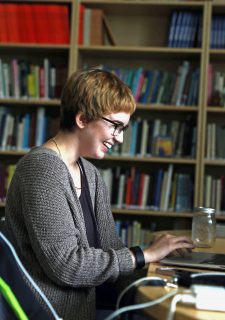
Locust and Ollodort both navigate the hill-riddled SF State campus daily amongst a plethora of students who vary from having the privilege of being non-disabled to those needing a variety of accommodations from the campus Disability Programs and Resource Center. The accommodations available from the DPRC are vast and range from small everyday tasks such as accessible seating in classrooms and private testing areas, to larger scale needs like accessible housing and assistance.
Even with these resources at the DPRC available, according to Ollodort, the SF State campus falls short in the realm of inclusion and the basic integration of specialized needs into the facilities.
“We should have more accessible parking spaces on campus,” Ollodort said. “We have the bare minimum [accommodations on campus] and we need so much more. There were accessible [parking] spaces removed recently from the humanities building.”
While parking in San Francisco, let alone SF State, is a catastrophic feat in general, the university made it even more difficult for students like Ollodort with the removal of these designated spaces.
“The loading dock that’s there now, those used to be accessible spaces,” Ollodort said.
There is also a lack of upkeep for projects aimed at the inclusion of students with disabilities. In the early 2000s, audio visual sculptures were set up around campus as a student art project allowing for art to be heard for students with visual impairments. Remnants of these beautiful machines are scattered around the campus, and often leave students wondering exactly what they are. Few are aware of their original purpose because in 2009 the machines stopped working, and there have not been maintenance efforts to fix the sculptures, which were initially there for the inclusion of visually impaired students on campus.
Locust’s demeanour shifts as he speaks of the need for genuine inclusion. As he talks he sits up straighter, his voice stiffens, and his eyes become laser-focused. He talks with his hands, and as he gestures about the topic he flashes an intriguing piece of artwork on his arm: Triangular shapes intertwined. It is vaguely colored, a familiar taupe, with precise lines. It’s bold, and as he speaks it is obvious that he and the tattoo are reflections of each other.
“What else are you doing [on campus] to include people with disabilities?” Locust said rhetorically.
SF State is considered a “compact” campus, and people with disabilities are more likely to attend for that reason. Since the size of the university makes it an attraction, Locust would like to see its accessible resources and accommodations for students maximized.
“Are you teaching classes that include disability figures?” Locust questioned. “It doesn’t need to be a class on disability. People with disabilities are doing shit. It could be a math class, somebody [with a disability] has done something. Include them. Use media with people with disabilities.”
There is a short pause, but he returns swiftly to addresses the student activities’ lack of inclusion on campus. He suggests that student organizations could make accommodations accessible in the invitations they send out for events.
“I am the president of the Rehab Counseling Students Association,” Locust said. “For all our events we include a little blurb that’s like ‘If you need any accommodations then let us know by this date so we can set something up with DPRC.”’
According to Locust, students with disabilities are also facing pushback from professors who are not willing to adhere to requested accommodations. Even when students have registered the proper paperwork and identification from the DPRC, they are being ignored.
“I was just speaking with a classmate earlier who has a written letter that specifies explicitly what her accommodations are and professors aren’t honoring them completely,” Locust said. “People still get resistance . . . People are still inconvenienced. People still feel like there are ways to compromise. That’s not the point. You can get pushback on needing a special room for a test; somebody might not feel like reserving that, so they will be like “take it in the hallway.”’
Ollodort and Locust are deeply engaged and connected to the topic of accessibility on the SF State campus. Their familiar tone allows for open and honest conversation about a theme that many can relate to, but few feel comfortable addressing. There is no elephant in this room. Together, they allude to the options available to the students at SF State. Facilities on campus, like the DPRC and the Longmore Institute, which according to their mission statement “promotes people with disabilities’ strength, ingenuity, and originality to transform assumptions about disability,” are excellent resources. Not only do they accommodate a community, they also serve as a space for to continue the important conversation about disability.


